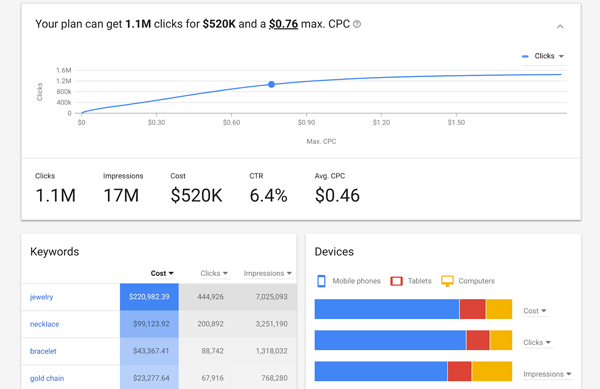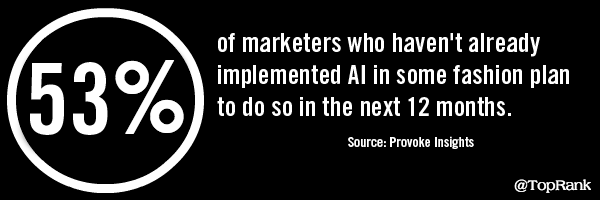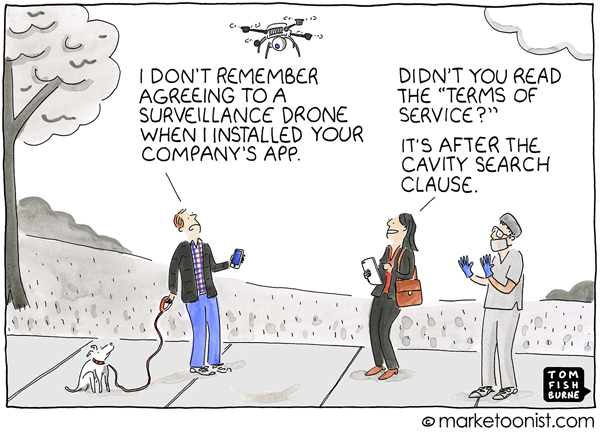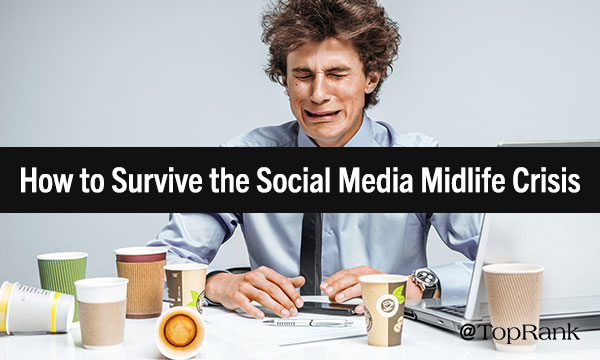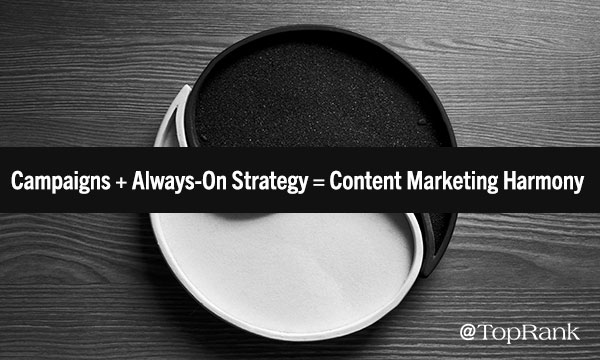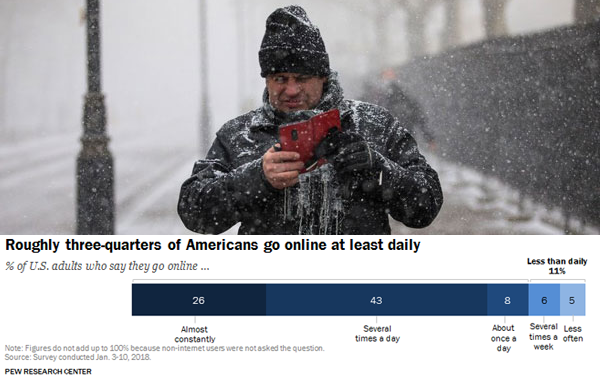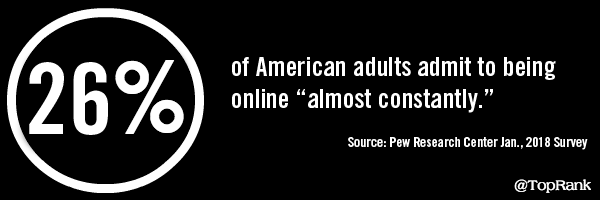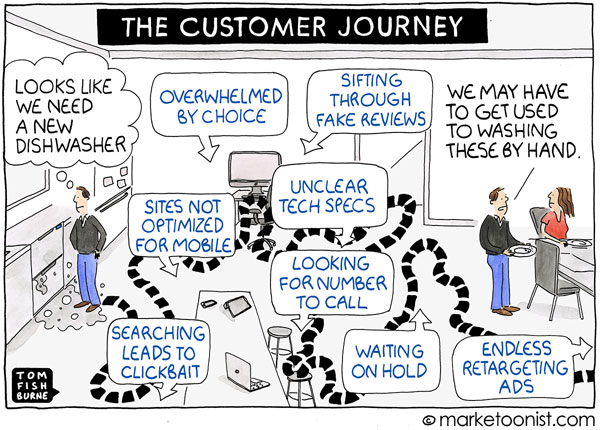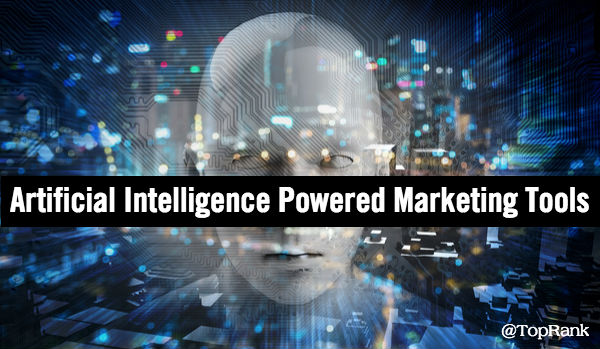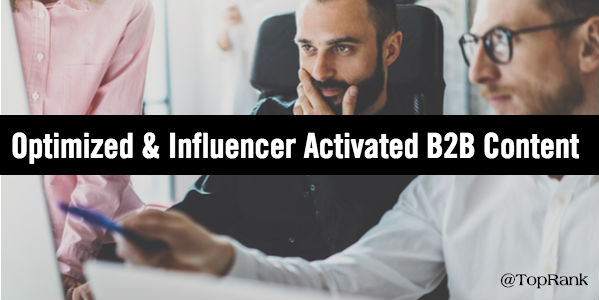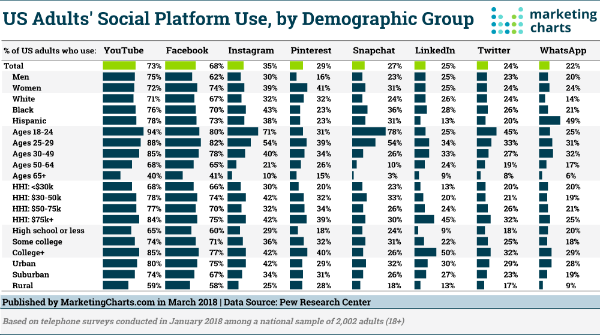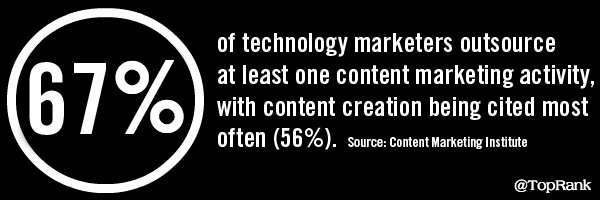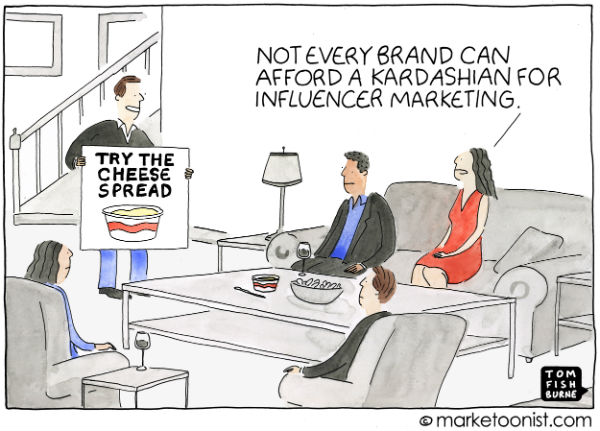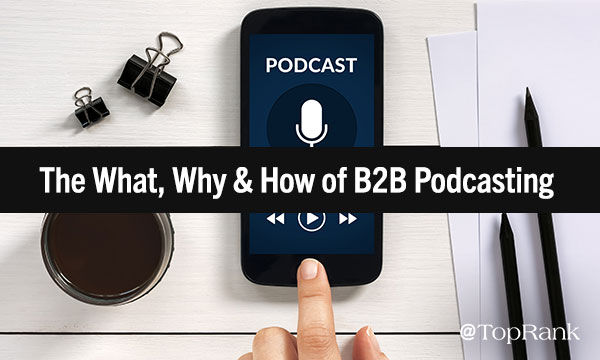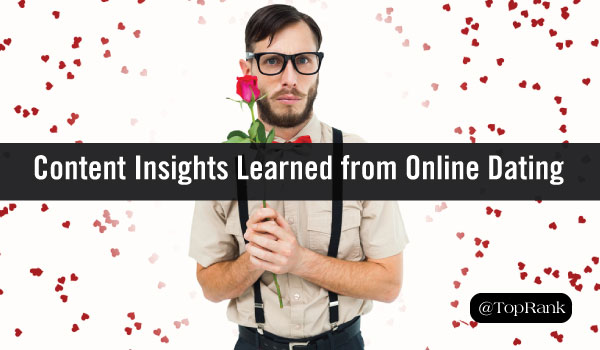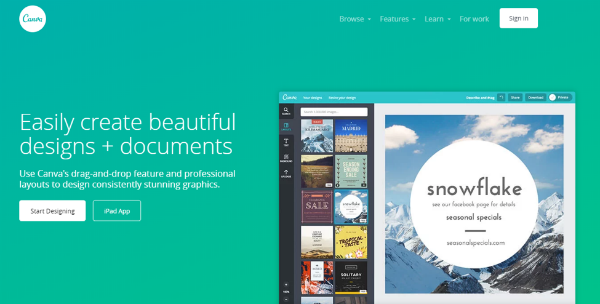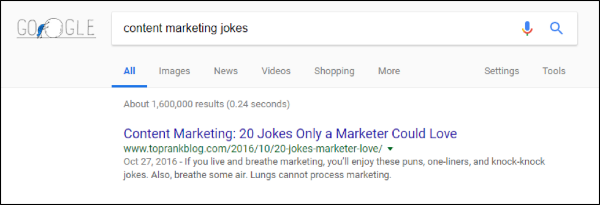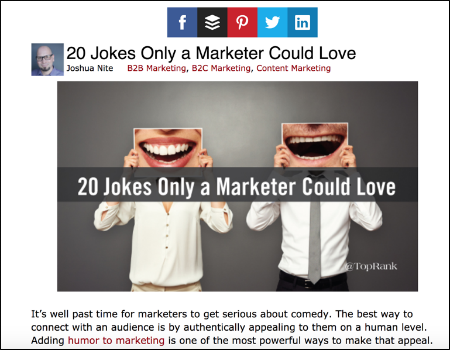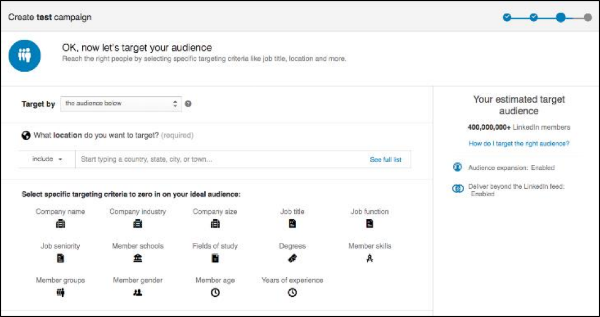
The expression, “Marketers are data rich and insight poor” is more true today than ever.
Marketers all over the world are working to optimize marketing operations and effectiveness using their abundance of data. Many are turning to tools and platforms powered by artificial intelligence and machine learning. AI promises to make sense of all the dark data companies are sitting on as well as structured and unstructured data online to surface insights about customer behaviors, opportunistic content and emotional triggers to inspire conversions.
In an age of too many choices, increased competition for customer attention requires every advantage to optimize for reach, engagement and conversion. Marketers are using AI to automate and optimize their marketing because that’s what it will take to meet customer appetite for personalized experiences.
- In a study by Smart Insights, AI and Machine Learning were rated the #3 marketing activity that will make the largest commercial impact on business in 2018.
- Another study by Salesforce found that high-performing marketing teams are more than 2 times as likely to use AI in their campaigns than under-performers.
What are marketers doing with AI? Areas of focus include advertising automation and optimization, chat bots for service and assisting in sales, and content personalization to name a few.
Chat apps and bots are increasingly being used beyond light customer service to engage customers during the sales process. In fact, 1.82 billion people worldwide are projected to use a chat app in 2018 and by 2020, customers will manage 85% of their relationship with the enterprise without interacting with a human.
Make no mistake, the artificial intelligence platform market is growing fast: it’s estimated to be worth $9.88 billion by 2022.
As Josh Nite mentioned in his recent post, “This changes everything. AI is transforming digital marketing.” From A to Z and then some, here are 54 tools that leverage artificial intelligence and machine learning to make your marketing smarter, more efficient and effective.
Acquisio Turing – A set of 30 high frequency predictive algorithms working together to ingest search marketing campaign data across platforms. Data such as seasonality, times of day, times of week, location, positioning, ad platform, campaign and others enable the platform to self-learn and make smart bid and budget decisions in real-time. @acquisio
Acrolinx – Built on an advanced linguistic analytics engine, this software platform “reads” content and guides writers to make it better. @Acrolinx
Albert – An autonomous platform that uses AI: predictive analytics, machine learning, natural language processing and other proprietary algorithms to execute seamlessly across all channels, paid and non-paid, including email, mobile, social, search and display. @albertaimktg
Atomic Reach – Delivers a deep understanding of what makes your content perform and how to perfect it. @Atomic_Reach
Automat -AI and machine-learning technology that helps brands deliver messaging experiences that are tailor made for each individual consumer and dynamically optimizes conversion for the best results. @automat_inc
Bloomreach – An open and intelligent platform for businesses to build, extend, personalize, analyze, test and optimize their digital experiences across all channels. @bloomreachinc
Boost Linquistics – AI-powered platform for your team to drive revenue by personalizing search and browse experiences at scale and AI to improve site structure, content, and landing pages, maximizing SEO at scale and driving traffic. @boost_ling
CaliberMind – Connects, unlocks, and activates data to help high-growth B2B SaaS organizations to acquire new buyers, grow revenue, and improve the customer experience. @calibermind
CONCURED – Uses AI to analyze people’s behavior towards content at scale in order to prescribe what you should create next to maximize engagement and ROI. @concured
Conversica – AI Sales Assistant helps companies find and secure customers more quickly and efficiently by automatically contacting, engaging, qualifying and following up with leads via natural, multi-channel, two-way conversations. @myconversica
CORTEX – A social media content optimization platform for marketers and agencies to continuously improve post engagement. @meetcortex
Crayon – Market and competitive intelligence tools to track, analyze, and act on everything happening outside of the four walls of your business. @Crayon
Datorama – One Platform for all marketing data, investments, KPIs, and decisions to connect data, report across channels and campaigns, and surface the right insights instantly. @Datorama
Demandbase ABM – A comprehensive set of ABM solutions driven by artificial intelligence: platform, targeting, engagement, conversion. @Demandbase
Drift – A conversational marketing and sales platform (chatbot) that connects your business with the best leads in real-time. Like a virtual assistant for your website, Drift lets you turn any conversation into a conversion. @drift
Emarsys – Understand each contact as an individual customer and execute highly personalized campaigns at scale with AI solutions. @emarsys
FindTheRipple – The AI-driven platform supporting marketers in creating content with impact, finding untapped trends and resonating digital assets for target audiences. @findtheripple
Genie – AI-powered recommendation engine from Grey Jean Technologies that provides accurate predictions of consumer purchase behavior. @getgenie
Google Cloud AI – Build chat bots, do analysis of video, images and text. @gcpcloud
HubSpot – Content Strategy Tool helps marketers discover and validate new content ideas that perform well. @hubspot
IBM Watson – Cognitive marketing platform that provides journey pattern analysis, real-time personalization, marketing insights, weather effects and cognitive tagging. @IBMforMarketing
Idio – Demand Orchestration platform that learns from each interaction to improve engagement and accelerate demand at large B2B enterprises. Automates 1:1 engagement with target accounts, at scale & across all digital channels. @idioplatform
Intellyo – The Creator Engine leverages machine learning and data-driven analytics to automatically tell you which actions to take to build quality into your content. Features include topic research, workflow management, content quality analyzer and customizable service integrations. @intellyo
Invoca – Enables granular campaign attribution to understand why customers are calling, gain real-time intelligence about who’s calling and analyze what’s being said in conversations. @invoca
Jetlore – Artificial intelligence-powered “learning to rank” technology that helps retailers build stronger customer loyalty, higher conversions and increased revenues. @Jetlore
KYNDI – Explainable Artificial Intelligence platform for government, financial services, and healthcare with AI products that analyze massive amounts of data, making organizations and people 100X smarter, 100X faster. @kynditech
Lexalytics – Text Analytics & Survey Analysis with customizable Sentiment Analysis, Categorization & Named Entity Extraction. Platform leverages machine learning, artificial intelligence and natural language processing to allow enterprises to create custom analytics solutions to address their unique data problems. @lexalytics
LiftIgniter – Machine learning personalization recommendation and discovery engine enables every website and app to have a 1:1 “conversation” with users. @liftigniter
Lucy – Solution from Equals 3 powered by Watson. Lucy delivers insightful conclusions, refined segmentation analysis, killer marketing plans, and world-conquering media strategies. @equals3ai
Market Brew – Artificial Intelligence Platform for SEO Teams. @mktbrew
MarketMuse – AI-powered research assistant that accelerates content creation and optimization so you can win in organic search. @MarketMuseCo
Motiva AI – Learns to adapt your messaging to customers automatically and delivers better engagement, at any scale. @MotivaHQ
Nudge – Access new accounts, analyze deal risk, and measure account health – powered by relationship intelligence. @nudgeai
Onespot – Technology platform for personalizing content marketing across digital channels. @onespot
Oribi – Simplifies analytics to enable marketing and product teams to get valuable data without any help from developers. @getoribi
PaveAI – Turns Google Analytics data in actionable insights + reports with our data science AI algorithm. @paveai
Path – An intelligent messaging platform that helps businesses generate more leads, close sales faster, and improve client service. @chat_path
People.ai – Automatically capture all sales activity to drive intelligent sales management and marketing insights. @ppl_ai
Persado – AI generated language that resonates the most with any audience, segment or individual. @persado
Phrasee – Enterprise marketing solution that uses artificial intelligence to generate brand compliant marketing language on a client-to-client basis. @phrasee
Quill by Narrative Science – Powered by Advanced Natural Language Generation, Quill is an intent-driven system that automatically transforms data into Intelligent Narratives at scale, in conversational language anyone can understand. @narrativesci
Rocco – AI powered social media marketing agent that will suggest fresh content that your followers are likely to engage with. @Rocco_Ai
Salesforce Einstein – A layer of artificial intelligence that delivers predictions and recommendations based on your unique business processes and customer data. @salesforce
Sentient Ascend – A patented AI Conversion Optimization solution that mimics biological evolution, enabling it to quickly learn, adapt and react to determine the best performing design from the building blocks you provide. @sentientdai
Smartly – Facebook and Instagram advertising automation and optimization platform with machine learning. @smartlyio
SmartKai – AI-powered assistant that manages your social media marketing. @thesmartkai
Stackla – AI-powered enterprise platform to discover, manage and display the most engaging user generated visual content across all marketing touchpoints. @stackla
The Grid – Molly, a AI-powered web design platform uses machine learning combined with constraint-based design and flow-based programming to make form dynamically adapt to content. @thegrid
Unmetric – Xia provides AI powered social media marketing insights to create compelling content. @unmetric
Vestorly – Vestorly uses artificial intelligence to build personalized touch points with news, blogs, or your own content. @vestorly
Wordsmith – Solution from Automated Insights that uses natural language generation to convert data into content. @ainsights
X.ai – An artificial intelligence personal assistant who schedules meetings for users. @xdotai
Yseop – Artificial intelligence software writes and explains data in six languages using natural language generation. @YseopAI
ZetaHub – Marketing Automation powered by AI. @zetaglobal
There you have it. 50 plus tools that leverage artificial intelligence for marketing. For your convenience, I’ve made a list of all Twitter accounts on this AI Marketing Tools list here, in case you want to follow the category easily.
Whether you’re trying to get more out of existing marketing software like analytics or automate content generation or boost your ability to understand customer behavior for better personalization, there’s a tool or platform for you.
At the same time, very few of these AI powered marketing solutions are “set it and forget it”. They still need humans for optimal performance. That’s why I like the expression “Augmented Intelligence” as a reflection of how people and technology can work together for more optimized marketing. And when it comes to marketing people, I don’t know any better than the team I get work with at TopRank Marketing.
What AI powered marketing tools did I miss? Which do you use? Please share in the comments.
 Gain a competitive advantage by subscribing to the
Gain a competitive advantage by subscribing to the
TopRank® Online Marketing Newsletter.
© Online Marketing Blog - TopRank®, 2018. | 54 Artificial Intelligence Powered Marketing Tools | http://www.toprankblog.com
The post 54 Artificial Intelligence Powered Marketing Tools appeared first on Online Marketing Blog - TopRank®.

Gain a competitive advantage by subscribing to the
